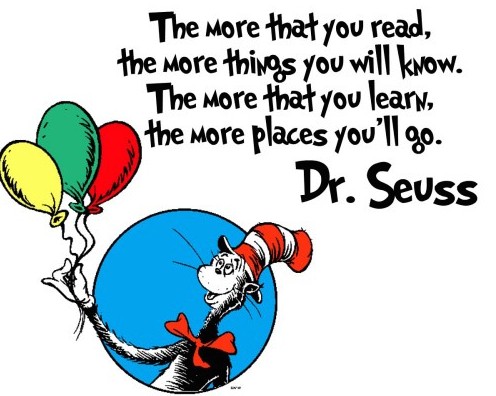After four months of learning in ETL401, and three months in the role of a TL, I feel like my brain is full to capacity! It does not look exactly like Jennifer La Garde’s (2013) image at the end of this post, but it is certainly very similar. It is an image that really spoke to me about the multifaceted role of a TL and one that I had to share. My view of the role of the TL has changed through this subject and there has been a huge shift in my thinking.
I had not given a great deal of thought to the word ‘teacher’ when I had informed people that I would become the junior school librarian. This is not to say that I did not think I would be teaching much; I knew that I was walking into a very busy teaching timetable. However, I had not thought about how important it was to explain my new role as a TL, not just a librarian. Arguably, being a teacher is the most important part of being a TL. I referred to the misconceptions about the role of a TL in my first blog post and I realise that it is partly up to me to demonstrate and educate what a TL can do in a school. O’berg (2006) discusses the importance of principal support and reminds TLs what they should be doing to gain it. Remaining visible to the whole school community, promoting the library and collaborating with all staff are all important aspects of the role.
In my blog post about the multifaceted role of the TL I reflected on many of the roles in La Garde’s image and backed them up with lots of readings. There are two roles that I want to highlight, which are student learning and professional learning. So much learning has taken place for me in this subject, and I blogged about this in Teacher librarians are lifelong learners and Feelings of uncertainty in my personal information search process. The biggest learning curve for me in this subject has been about guided inquiry and Information Literacy (IL) models. My school does not have an IL policy, nor a model that is used, and guided inquiry is not embedded into the curriculum. The school is new and therefore many things need to be ‘rolled out’, which brings with it both enormous challenges and huge opportunities. It has been so useful for me to learn about the different models and think about how I would like to lead the introduction of purposeful information literacy practice. In order to do this, I will need to collaborate with the teaching staff and having been a class teacher so recently gives me credibility to achieve this.
In the coming months, and before I commence the next subject, I will have time to reflect and implement many of the ideas that have stemmed from the learning in ETL401. This blog has barely scratched the surface on some of these ideas, but this image certainly demonstrates many of them well.
References
La Garde’s (2013) Penny For Your Thoughts: What’s Really On The Mind of Today’s Teacher Librarian. In The Adventures of Library Girl Retrieved http://www.librarygirl.net/2013/09/penny-for-your-thoughts-whats-really-on.html
Oberg, D. (2006). Developing the respect and support of school administrators. Teacher Librarian, 33(3), 13-18.


